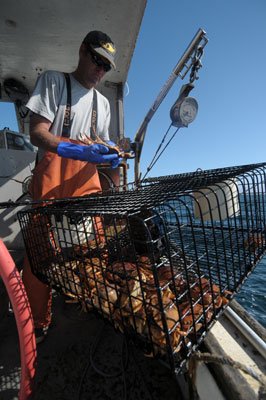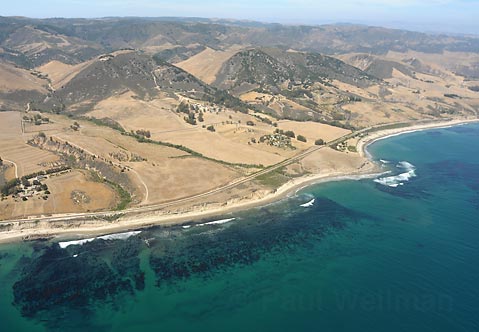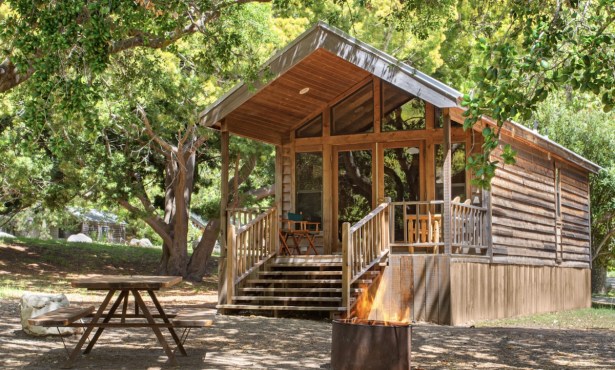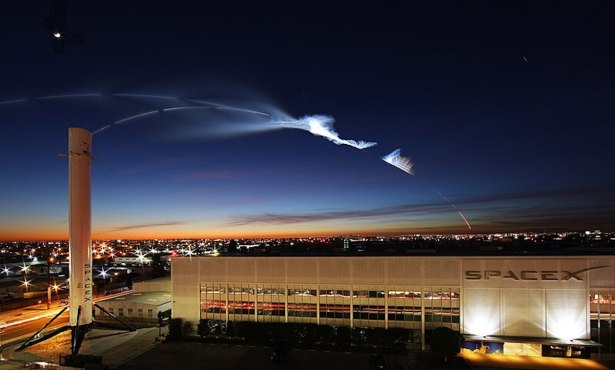The Final Chapter Approaches
Southern California Marine Protected Areas Poised for Final Vote
After nearly three years and dozens of often emotionally charged stakeholder meetings, the Southern California portion of the Marine Life Protection Act’s mandated preserve system is poised to become a reality. California Fish and Game commissioners are meeting this Wednesday and Thursday at the Hotel Mar Monte here in Santa Barbara with the primary purpose of hearing one last round of public testimony and potentially approving the latest incarnation of a plan that seeks to blanket various stretches of sea from Point Conception to the Mexico border — roughly 390 square miles — with an array of marine preserves and conservation areas.
Mandated by 1999’s Marine Life Protection Act, the Marine Protected Areas (MPA) process — which already has placed systems of protection along both the Central Coast and North Central Coast of the state — aims to safeguard scientifically selected areas of ocean by imposing fishing and assorted other usage restrictions upon them or, in some cases, banning all fishing outright. In short, the idea is much like creating a National Forest or Park for the underwater world in the name of better preserving our marine resources for generations to come.

However, areas of ocean that are particularly appealing for preservation (i.e. they’re unusually fertile fish breeding grounds or habitat) are often, for much the same reasons, crucial honey holes for both commercial and recreational fishing. And so exists the basic controversy and difficulty of the MPA process: How do you reconcile the desire or, according to proponents of plan, need to protect with the various desires and needs of assorted fishermen throughout the state?
To this end, the Southern California MPA road to realization has been filled with countless hours of stakeholder negotiations and occasional name-calling. Various plans have been floated and various plans have been sunk — all of which include several popular areas of coastline here in Santa Barbara County including Naples Reef, Campus Point, Point Conception, Cojo, Refugio, and Carpinteria Reef. Ultimately presented with three different approaches to preservation (one a more enviro-freindly option, one a decidedly more fisher-friendly option, and one a presumably middle-of-the-road plan), the adjudicating Blue Ribbon Task Force — a state-appointed seven-member committee — decided to cut and paste certain elements of the three proposals and create what is known as the Integrated Preferred Alternative (IPA).

The IPA is what Fish and Game Commissioners will be voting on this week. It calls for a maximum of 39 protected areas (a number that includes 15 preexisting restricted zones) that, all together, cover some 387 miles of the Pacific’s Southern California neighborhood or approximately 16.5 percent of state waters. It also includes a hodgepodge of regulations that vary from zero-take zones, to recreational only fishing, to species specific fishing be it commercial or recreational. Anything but a perfect solution in the eyes of various stakeholders — for some, it goes too far with the restrictions while for many others it doesn’t go nearly far enough — the IPA, for lack of a better word, represents a very hard earned compromise.
Santa Barbara County-specific highlights of the proposed plan include:
– A State Marine Reserve for the waters surrounding Pt. Conception, including Cojo Reef, such that no fishing of any kind is allowed
– A State Marine Reserve for waters in and around Campus Point in Goleta such that no fishing of any kind is allowed
– State Marine Conservation Area for Naples Reef off the Gaviota Coast that prohibits the take of all living sea creatures except for recreational only spearfishing of certain fish like the Pacific bonito and white seabass. Commercial kelp harvesting is also okay
– State Marine Conservation Area for Kashtayit (near Gaviota State Park) that restricts fishing of all kinds save for recreational finfish fishing and shellfishing. (Mussels and rock scallop harvests are, however, prohibited.) Recreational kelp hand harvests will also be permitted
– A State Marine Conservation Area for the Goleta Slough that outlaws all fishing but allows for a certain amount of dredging, habitat restoration, and assorted other maintenance efforts
– A State Marine Reserve for the Begg Rock area of San Nicholas Island such that any and all fishing is prohibited
– A potential lifting of the longtime State Conservation area offshore of Refugio State Park which currently allows most recreational and commercial fishing except for commercial lobstering
For a complete look at the South Coast IPA go here.



